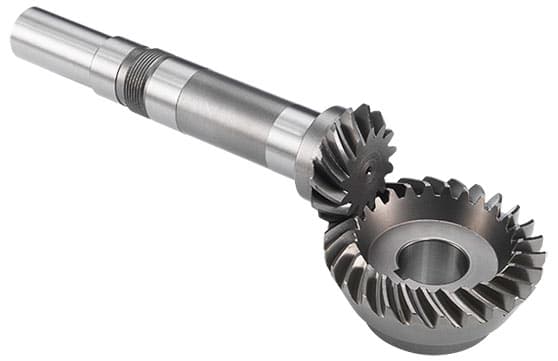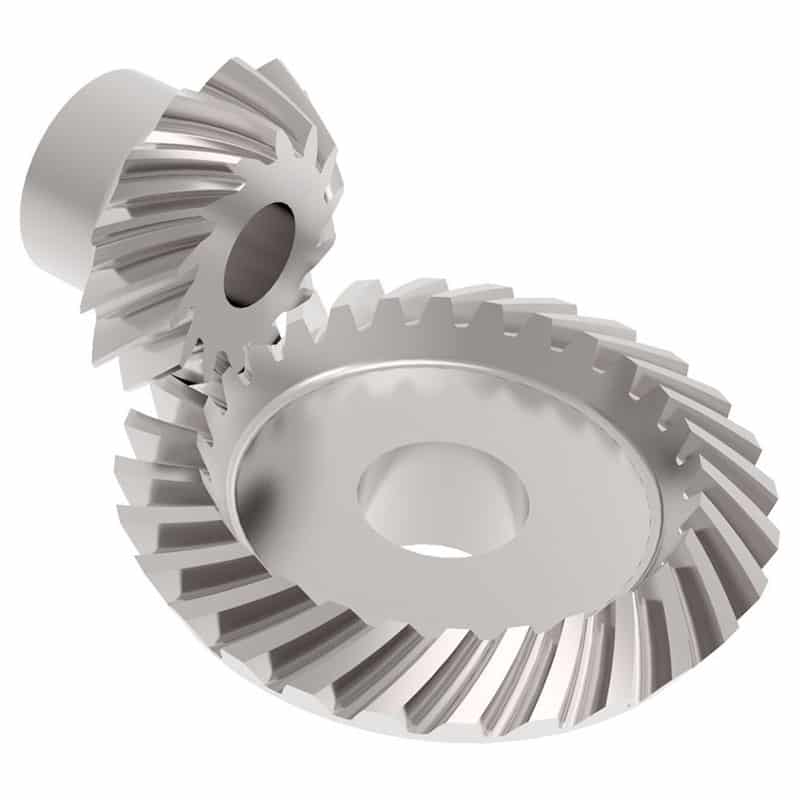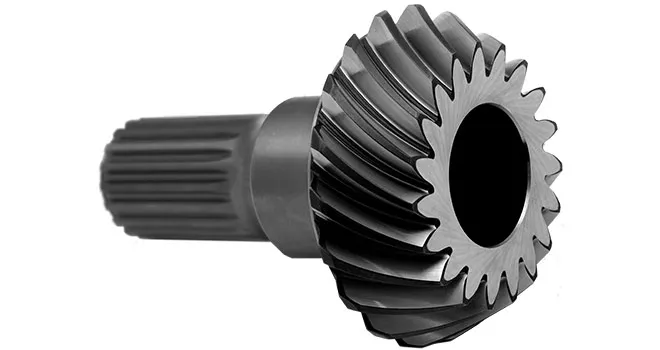Product Description
Customer High Precision Manufacturer Steel /Pinion/Straight/Helical Spur
Planetary/Transmission/Starter/ CNC machining/Drive Gear
Our advantage:
*Specialization in CNC formulations of high precision and quality
*Independent quality control department
*Control plan and process flow sheet for each batch
*Quality control in all whole production
*Meeting demands even for very small quantities or single units
*Short delivery times
*Online orders and production progress monitoring
*Excellent price-quality ratio
*Absolute confidentiality
*Various materials (stainless steel, iron, brass, aluminum, titanium, special steels, industrial plastics)
*Manufacturing of complex components of 1 – 1000mm.
Production machine:
| Specification | Material | Hardness |
| Z13 | Steel | HRC35-40 |
| Z16 | Steel | HRC35-40 |
| Z18 | Steel | HRC35-40 |
| Z20 | Steel | HRC35-40 |
| Z26 | Steel | HRC35-40 |
| Z28 | Steel | HRC35-40 |
| Custom dimensions according to drawings | Steel | HRC35-40 |
Production machine:
Inspection equipment :
Gear tester
/* March 10, 2571 17:59:20 */!function(){function s(e,r){var a,o={};try{e&&e.split(“,”).forEach(function(e,t){e&&(a=e.match(/(.*?):(.*)$/))&&1
| Application: | Motor, Electric Cars, Motorcycle, Machinery, Agricultural Machinery, Car |
|---|---|
| Hardness: | Hardened Tooth Surface |
| Gear Position: | Internal Gear |
| Manufacturing Method: | Rolling Gear |
| Toothed Portion Shape: | Spur Gear |
| Material: | Steel |
| Customization: |
Available
| Customized Request |
|---|

Can spiral gears be used in automotive applications?
Yes, spiral gears can be used in automotive applications and provide several advantages in this context. Here’s why spiral gears are suitable for automotive applications:
- Noise Reduction: Spiral gears offer significant noise reduction compared to other gear types, making them ideal for automotive applications that require quiet operation. The helical tooth arrangement minimizes gear meshing noise by providing gradual tooth engagement, reducing impact and vibration.
- Smooth Operation: The gradual tooth engagement of spiral gears also contributes to smoother gear operation. This smoothness helps to improve shifting performance, leading to enhanced driving comfort and reduced wear on transmission components.
- High Load Capacity: Spiral gears have a high load-carrying capacity, which is important in automotive applications where gears are subjected to varying loads. They can handle the torque requirements of transmissions and differential systems effectively.
- Efficient Power Transmission: Spiral gears offer efficient power transmission due to their helical tooth profile. This efficiency helps optimize fuel consumption and overall vehicle performance. By reducing energy losses through improved tooth contact and reduced sliding friction, spiral gears contribute to better power transfer.
- Durability and Reliability: Automotive applications demand gears that can withstand continuous use and provide long-term reliability. Spiral gears are known for their durability, thanks to load distribution and reduced stress concentration. They can maintain reliable performance even under challenging conditions.
- Axial Thrust Compensation: Spiral gears can be designed with opposite helix angles to cancel out axial thrust. This feature is particularly beneficial in automotive applications where minimizing axial forces is crucial. It simplifies gear design and reduces the need for additional components, enhancing space efficiency.
Considering their noise reduction capabilities, smooth operation, high load capacity, efficient power transmission, durability, and axial thrust compensation, spiral gears are well-suited for various automotive applications. They are commonly used in transmissions, differentials, and other drivetrain components to ensure reliable and efficient power transfer, contributing to overall vehicle performance and comfort.

How do spiral gears handle variations in speed and load conditions?
Spiral gears, also known as helical gears, are designed to effectively handle variations in speed and load conditions. Their unique tooth profile and design features allow them to adapt to changing operating conditions. Here’s how spiral gears handle variations in speed and load:
- Gradual Tooth Engagement: The helical tooth arrangement in spiral gears enables gradual tooth engagement as the gears mesh. This characteristic is advantageous when dealing with speed variations. The gradual engagement reduces impact and minimizes the shock loads that can occur during rapid changes in speed, ensuring smoother gear operation and improved reliability.
- Load Distribution: Spiral gears distribute the load across multiple teeth due to their helical tooth arrangement. This load distribution capability is beneficial when encountering variations in load conditions. By spreading the load over multiple teeth, spiral gears can handle higher loads and minimize stress concentrations on individual teeth. This feature helps prevent premature wear and tooth failure, ensuring better performance under changing load conditions.
- Efficient Power Transmission: Spiral gears offer efficient power transmission, even when there are variations in speed and load. The gradual tooth engagement, combined with the curved tooth profile, reduces sliding friction and ensures smooth gear operation. This efficiency in power transmission helps maintain consistent performance and minimizes energy losses, regardless of speed and load variations.
- Ability to Handle Shock Loads: Spiral gears have the ability to handle shock loads that may occur during sudden changes in load or speed conditions. The gradual tooth engagement and load distribution characteristics help absorb and distribute the impact forces, reducing the risk of gear damage or failure. This resilience to shock loads enhances the overall durability and reliability of spiral gears.
- Flexibility in Gear Design: Spiral gears offer flexibility in gear design, allowing for customization to meet specific speed and load requirements. The helix angle, number of teeth, and tooth profile can be tailored to optimize performance under varying operating conditions. This adaptability in gear design ensures that spiral gears can effectively handle a wide range of speed and load variations.
These features and design characteristics of spiral gears enable them to handle variations in speed and load conditions effectively. Their ability to provide gradual tooth engagement, distribute loads, transmit power efficiently, handle shock loads, and accommodate flexible gear design makes them suitable for diverse applications where speed and load variations are encountered.

How do spiral gears contribute to smoother and quieter gear engagement?
Spiral gears, also known as helical gears, offer several design features that contribute to smoother and quieter gear engagement compared to other gear types. Here’s how spiral gears achieve this:
- Gradual Tooth Engagement: The helical tooth arrangement in spiral gears allows for gradual tooth engagement as the gears mesh. Unlike straight-cut gears, where the teeth make sudden contact, spiral gears have angled teeth that come into contact gradually. This gradual engagement helps to reduce impact and noise during gear meshing.
- Increased Contact Ratio: The helical tooth design of spiral gears provides a higher contact ratio compared to straight-cut gears. The contact ratio refers to the number of teeth in mesh at any given time. With a higher contact ratio, the load is distributed over multiple teeth, resulting in reduced stress on individual teeth and smoother gear operation.
- Reduced Sliding Friction: The helical tooth arrangement in spiral gears helps minimize sliding friction between the teeth. As the teeth mesh, the angled surfaces slide against each other instead of making direct contact. This sliding action reduces friction and wear, leading to smoother operation and reduced noise levels.
- Efficient Load Distribution: Spiral gears distribute the load over multiple teeth due to their helical tooth arrangement. This distribution of load helps to evenly distribute the forces and minimize localized stresses. By spreading the load, spiral gears can handle higher torque transmission and carry heavier loads, resulting in smoother and more reliable gear engagement.
- Axial Thrust Compensation: Spiral gears can be designed with opposite helix angles on mating gears. This configuration helps cancel out the axial thrust generated during gear meshing. By eliminating or reducing the axial thrust, spiral gears reduce the need for additional thrust bearings and simplify the gear design, contributing to smoother operation.
These design features of spiral gears, including gradual tooth engagement, increased contact ratio, reduced sliding friction, efficient load distribution, and axial thrust compensation, work together to provide smoother and quieter gear engagement. These characteristics make spiral gears ideal for applications where noise reduction, smooth operation, and reliable gear meshing are essential.


editor by CX 2023-12-29